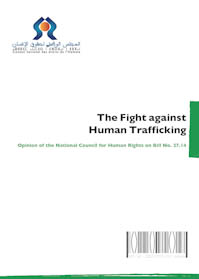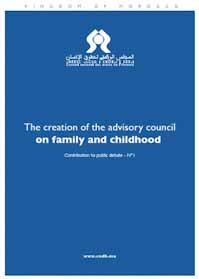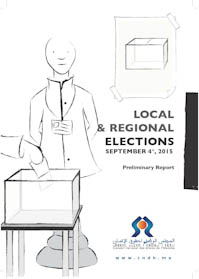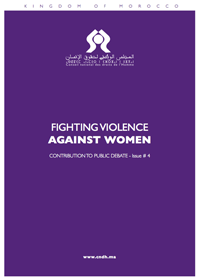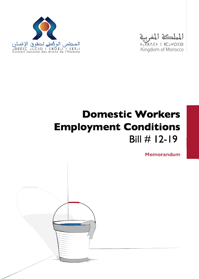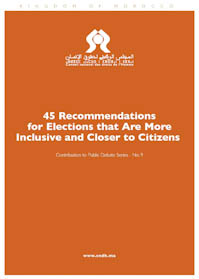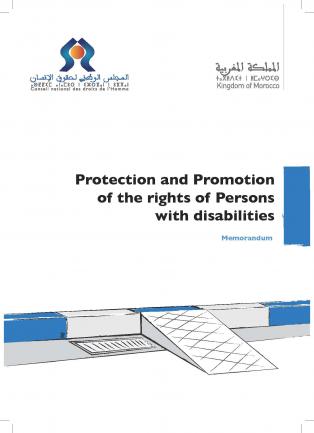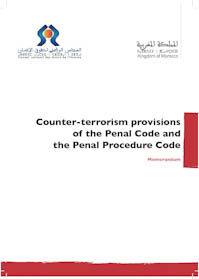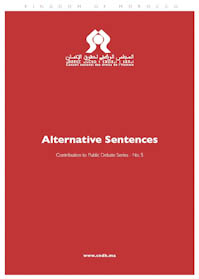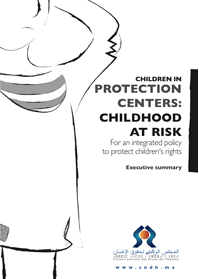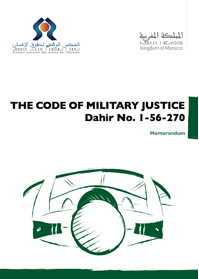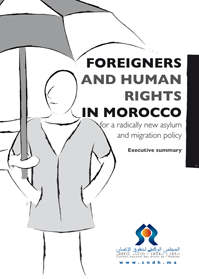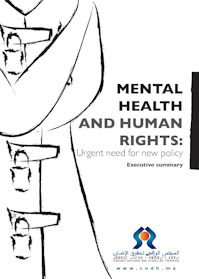Community Reparation
Given the fact that some regions and communities suffered collectively, directly or indirectly, from the aftermath of the grave violations of human rights, the Equity and Reconciliation Commission (IER) considered that, in addition to individual compensation and reparations due to the victims of grave violations of human rights, reparations should include a community dimension. This entails extra efforts of solidarity, measures to promote equal opportunities and a gradual process of positive discrimination in favour of the regions and communities concerned.
The community dimension of reparation has been developed throughout the IER mandate, thanks to the mobilization of local actors in the various regions concerned. The IER held dozens of meetings and workshops. These activities were crowned by the organization of the National Reparation Forum, which saw the participation of over 200 associations.
Based on the results of this work, the IER made recommendations on community reparation in such a way as to make it possible to rehabilitate regions and communities and preserve memory. The community reparation is dealt with on the basis of two dimensions: material and symbolic. The material dimension will take shape through socio-economic development programmes whose scope is not limited to consideration of damage, but it incorporates the satisfaction of many needs, while the symbolic dimension will manifest itself in the recognition by the State of the damage caused, through holding activities of commemoration, building memorials, rehabilitation and conversion of secret detention centres, and so on.
In a nutshell, it is not only a question of recognizing the damage caused, but also a question of redressing damage, which aims to restore the confidence of victims in the State, reinforce the sense of citizenship, strengthen social solidarity and hence ensure reconciliation.
Implementing the Programme of Community Reparation
In conformity with these recommendations, the Advisory Council on Human Rights (CCDH), has been in charge of coordinating the follow-up of the implementation process with government departments.
Intervention Strategies
The Community Reparation Programme has a dual strategy of action, both locally and nationally:
At the local level: the logic of intervention will promote local governance by mobilizing and involving local actors: civil society and local communes in particular;
At the national level: the involvement of the State in the Community Reparation Programme consists in financial contribution and facilitation of administrative procedures and logistical support.
Work Approaches
The implementation of the programme is based on three main approaches : The human rights approach with an emphasis on the fundamental human rights of communities, the participatory approach by consolidating the effective involvement of the parties concerned at all levels, and the gender approach by guaranteeing the interests of women and vulnerable groups.
This implementation involves in a participatory and a comprehensive approach several beneficiary actors, namely communities who suffered direct and indirect damage related to grave violations of human rights and local associations working for the benefit of the above-mentioned communities.
Regions Concerned
The Community Reparation Programme, adopted by the Committee on the Follow-up of the IER Recommendations covers the regions which meet at least one of the two criteria: the establishment of a secret detention centre combined with an implicit marginalization and/or the existence of a presumption of collective punishment related to the occurrence of some violent events, proven and documented.
Institutional Organization of the Program The institutional structure put in place is based on three principal organs, namely:
The Steering Committee: It plays a guiding political role and is composed of the CCDH, the government departments concerned, local coordination bodies, international cooperation agencies and implementation agencies;
Programme Management Units: they ensure the technical, economic and financial management of the programme;
Local coordination bodies: they are in charge of promoting local participation and ensuring the technical management of the local program. They are composed of the CCDH, local authorities, decentralized services of the State, Local Communes and partners.





